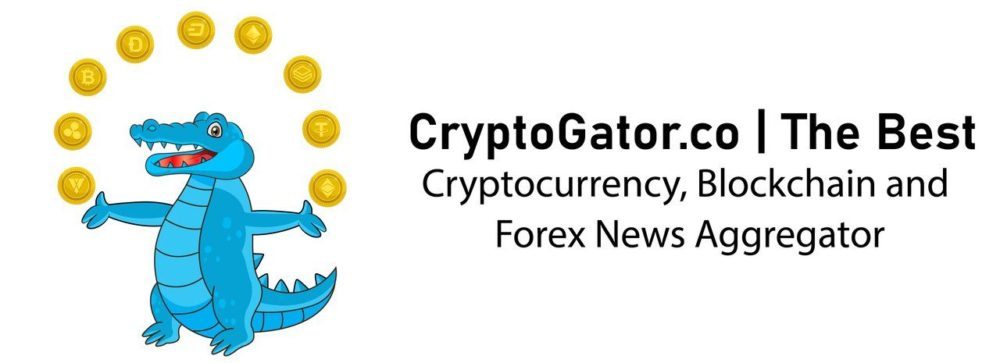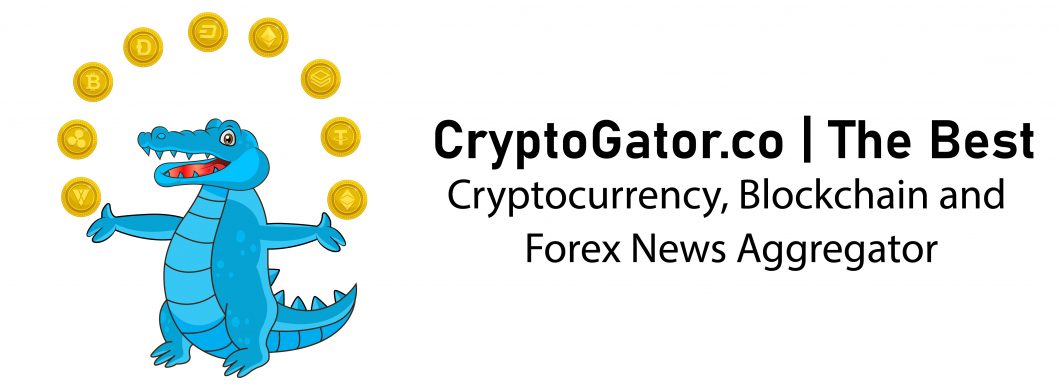<p>In recent
years, the rise of cryptocurrencies has been a hot topic. Bitcoin, Ethereum,
and other digital currencies have entered the mainstream, gaining favor with
investors and traders. </p><p>The volatility
of many of these digital currencies, however, is a problem. Their value can
change dramatically in a short period of time, making them less appealing to
some investors who prefer stability. This is where stablecoins come in,
providing digital currencies with a stable future. </p><p>What are
stablecoins? </p><p>Stablecoins are
cryptocurrencies that are linked to a stable asset such as gold, fiat
currencies (USD, EUR, GBP, etc.), or even other cryptocurrencies such as
Bitcoin. Stablecoins are designed to provide the benefits of cryptocurrencies
(such as fast, secure transactions) while avoiding the volatility that is often
associated with them. </p><p>Most
stablecoins are pegged to a 1:1 ratio with the asset they’re linked to in order
to maintain a stable value. A stablecoin pegged to the US dollar, for example,
will always be worth one dollar.</p><p> Because of this stability, they are an
appealing option for those seeking a dependable store of value or a medium of
exchange without having to worry about currency fluctuations. </p><p>What Is the
Importance of Stablecoins? </p><p>Stablecoins have
several advantages over traditional cryptocurrencies. First and foremost, they
provide stability, which is critical for any currency’s widespread adoption.
Volatility can be a deterrent for many investors and make it difficult for
businesses to accept cryptocurrencies as payment. </p><p>Second,
stablecoins allow you to send money around the world quickly and cheaply.
Traditional banking systems can take days to clear transactions, especially
when they cross borders. Stablecoins allow transactions to be completed in
seconds and with minimal fees. </p><p>Finally,
stablecoins bridge the gap between cryptocurrencies and fiat currencies. Many
people are still skeptical of cryptocurrencies and prefer to conduct their
daily transactions in traditional currencies. </p><p>Stablecoins
combine the best of both worlds, offering a stable value while still providing
the benefits of cryptocurrencies. </p><p>Stablecoin
Varieties </p><p>Stablecoins are
classified into several types, each with its own set of characteristics. Here
are some of the most common types: </p><p>Stablecoins
backed by fiat </p><p>Fiat-collateralized
stablecoins are those that are backed by fiat currencies such as the US dollar,
euro, or yen. The stablecoin’s issuing company keeps the equivalent amount of
fiat currency in a reserve account. These are the most common type of stablecoin,
with Tether (USDT) being the most well-known example. </p><p>Stablecoins
that are crypto-collateralized </p><p>Stablecoins
that are crypto-collateralized are backed by other cryptocurrencies such as
Bitcoin or Ethereum. The stablecoin’s value is maintained by the company that
issues it holding a certain amount of cryptocurrency in reserve. These
stablecoins are less common and more volatile than fiat-collateralized
stablecoins. </p><p>Stablecoins
that are not collateralized </p><p>Non-collateralized
stablecoins, also known as algorithmic stablecoins, are devoid of collateral.
Instead, they rely on an algorithm to keep their value stable. Typically, the
algorithm involves adjusting the supply of the stablecoin based on supply and
demand. These stablecoins are the most experimental and have the highest
volatility. </p><p>Stablecoin
Examples </p><p>Here are some
of the most widely used stablecoins: </p><p>Tether
(USDT) </p><p>Tether, the
most popular stablecoin, is pegged to the US dollar. Tether Limited, which
claims to hold the equivalent amount of US dollars in reserve for every USDT in
circulation, issued it. Tether is widely used as a stablecoin on cryptocurrency
exchanges and as a trading pair with other cryptocurrencies. </p><p>US Dollar
Coin (USDC) </p><p>Circle and
Coinbase created USD Coin, a stablecoin backed by the US dollar. USDC, like
Tether, is a cryptocurrency that is pegged to the US dollar and is widely used
in the cryptocurrency ecosystem. </p><p>Dai (DAI) </p><p>Dai is a
decentralized stablecoin supported by other cryptocurrencies such as Ethereum.
MakerDAO, a decentralized autonomous organization (DAO) that manages Dai supply
through smart contracts, issued it. Dai’s value is maintained by an algorithmic
system that adjusts supply in response to market demand. </p><p>TrueUSD
(TUSD)</p><p>TrueUSD is a
stablecoin issued by TrustToken that is pegged to the US dollar. It claims to
be the first stablecoin to be fully collateralized with escrow accounts holding
US dollars. </p><p>The
Stablecoin Future </p><p>Stablecoins
have grown in popularity in recent years and are expected to play an increasing
role in the cryptocurrency ecosystem. With the volatility of traditional
cryptocurrencies, stablecoins provide a more dependable option for those
looking to invest in or use cryptocurrencies for daily transactions. </p><p><a href=”https://www.financemagnates.com/cryptocurrency/coins/stablecoins-and-financial-inclusion-use-cases-and-challenges-in-2023/” target=”_blank” rel=”follow”>Stablecoins are
also becoming more widely available</a>, with major payment platforms such as
PayPal and Visa now accepting certain stablecoins as payment. This acceptance
by mainstream payment providers is a significant step toward stablecoin
adoption. </p><p>Furthermore,
stablecoins enable more efficient cross-border transactions. Transactions in
traditional banking systems can take days to clear and are costly. Transactions
with stablecoins can be completed in seconds with minimal fees, making them an
appealing option for both businesses and individuals. </p><p>Will CBDCs
mark the end of stablecoins?</p><p>Stablecoins
have emerged as a popular alternative to traditional cryptocurrencies due to
their relative stability and predictable value. However, central bank digital
currencies (CBDCs) could pose a threat to the future of stablecoins. </p><p>CBDCs are
digital versions of fiat currencies that are issued and backed by a central
bank. They have gained significant attention from policymakers and financial
institutions in recent years, with several countries already piloting or
planning to launch their own CBDCs.</p><p>The potential
impact of CBDCs on stablecoins could be significant in several ways:</p><p>Competition</p><p>CBDCs are likely to compete directly with stablecoins for adoption as digital
payment methods. As CBDCs are issued and backed by central banks, they are
likely to have higher levels of trust and credibility among consumers and
businesses compared to stablecoins issued by private companies. This could make
it more challenging for stablecoins to gain mainstream adoption and become
widely accepted as payment methods.</p><p>Regulation</p><p>Stablecoins have faced regulatory scrutiny in several countries due to concerns
about their potential use for illicit activities and their lack of regulatory
oversight. CBDCs, on the other hand, are likely to be subject to stricter
regulation and oversight as they are issued and backed by central banks. This
could lead to a regulatory imbalance where stablecoins are subject to more
stringent regulation compared to CBDCs, making it more difficult for them to
compete on a level playing field.</p><p>Liquidity</p><p>Stablecoins are only as stable as the assets that back them. If the assets
backing a stablecoin become illiquid or lose their value, the stablecoin’s
value could be at risk. CBDCs, on the other hand, are backed by the full faith
and credit of the issuing central bank, making them inherently more liquid and
stable than stablecoins.</p><p>Interoperability</p><p>One potential advantage of stablecoins is their interoperability across
different blockchain networks and digital platforms. CBDCs, however, are likely
to be issued on a single, centralized platform, making it more challenging for
them to be used across different platforms and networks.</p><p>Conclusion </p><p>Stablecoins
provide a more secure store of value and a more efficient medium of exchange
for digital currencies. They have the potential to bridge the gap between
traditional fiat currencies and cryptocurrencies, offering the best of both
worlds due to their stability and ease of use. </p><p>Stablecoins are
expected to play an increasingly important role in the cryptocurrency ecosystem
as it evolves.</p>
This article was written by Finance Magnates Staff at www.financemagnates.com.



